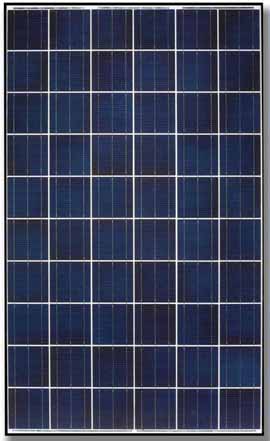Photovoltaics (PV) covers the conversion of light into electricity using semiconducting materials that exhibit the photovoltaic effect, a phenomenon studied in physics, photochemistry, and electrochemistry.
Solar electric has been a gaining strength for a number of years. In the beginning, early adopters turned to solar for the independence or its environmental benefits: solar homeowners could live beyond the utility lines, and solar was a non-polluting resource.
The earliest adopters were almost exclusively people that lived beyond the reach of the utility lines. Solar generated electricity and battery storage allowed people to live where ever they wanted. Land was cheaper beyond the power lines and even with the expense of solar, this made economic sense too many people looking to escape urban living. But, the numbers of people living off grid was still a small number.
Environmental concern represented the second wave of solar adopters – as people concerned about the impact their electrical demand was having on the planet turned to solar to lessen their carbon footprint.
According to a 2011 report on renewable energy sources and climate change mitigation, the International Panel on Climate Change calculated the life-cycle global warming emissions associated with renewable energy—including manufacturing, installation, operation and maintenance, and dismantling and decommissioning—as minimal [1].
These findings were repeated in other research and data collected and reported on in peer studies over the past decade and helped fuel the environmental argument for solar energy.
The Union of Concerned Scientists compared the carbon dioxide emissions equivalent per kilowatt-hour for coal and renewable energy resources.
It is no surprise that coal is ranked the most polluting electricity generating resource and renewables the least. Coal emits more than 20 times as much carbon dioxide equivalent per kilowatt-hour of generation compared to the life-cycle carbon emissions for solar PV. The comparison between coal and wind is even greater. Coal emits 71 times more carbon dioxide than wind for each kilowatt-hour of electricity generated [2].
In addition, a study by the U.S. Department of Energy's National Renewable Energy Laboratory explored the feasibility and environmental impacts associated with generating 80 percent of the country’s electricity from renewable sources by 2050 and found that global warming emissions from electricity production could be reduced by more than 80 percent [3].
The healthy alternative extended beyond the concern for the planet, the third wave of solar adopters included people looking for healthy alternatives for humankind.
This wave looked to generating electricity from renewable energy rather than fossil fuels because of the significant public health benefits. From reduced premature mortality to lost workdays associated with breathing illnesses, the economic impact of fossil fuels on overall healthcare costs has been estimated at between $361.7 and $886.5 billion [4].
The last wave came was the during the Great Recession of the late 2000s and early 2010s. Solar PV offered the opportunity to re-tool America and create significant jobs as a result.
In 2009, the Union of Concerned Scientists conducted an analysis of the economic benefits of a 25 percent renewable energy standard by 2025; it found that such a policy would create more than three times as many jobs as producing an equivalent amount of electricity from fossil fuels, resulting in a benefit of 202,000 new jobs in 2025 [5].
For the past two or three decades, the reasons for adopting solar have been growing stronger every day. The tipping point is cost-parity and that day is not far off, and in some cases, it has already been realized.
References:
1. Intergovernmental Panel on Climate Change (IPCC). 2011. IPCC Special Report on Renewable Energy Sources and Climate Change Mitigation.
2. Union of Concerned Scientists (UCS). 2009.
3. National Renewable Energy Laboratory (NREL). 2012. Renewable Electricity Futures Study. Volume 1, pg. 210.
4. Machol, Rizk. 2013. Economic value of U.S. fossil fuel electricity health impacts. Environment International 52 75–80.
5. Environmental Protection Agency. 2010. Assessing the Multiple Benefits of Clean Energy: A Resource for States. Chapter 5.
For a more technical introduction to small utility connected PV systems, the interactive PV-Explore presentation presents some details. This is slightly dated (2012 state of the art), but describes some of the components. At present it is not integrated with the rest of this website, use your back arrow to return to this page. PV-Explore- Understanding and Troubleshooting Grid Connected PV systems
For more information, follow the topics below.
Links about larger scale photovoltaic systems:
Some interesting uses of PV:





